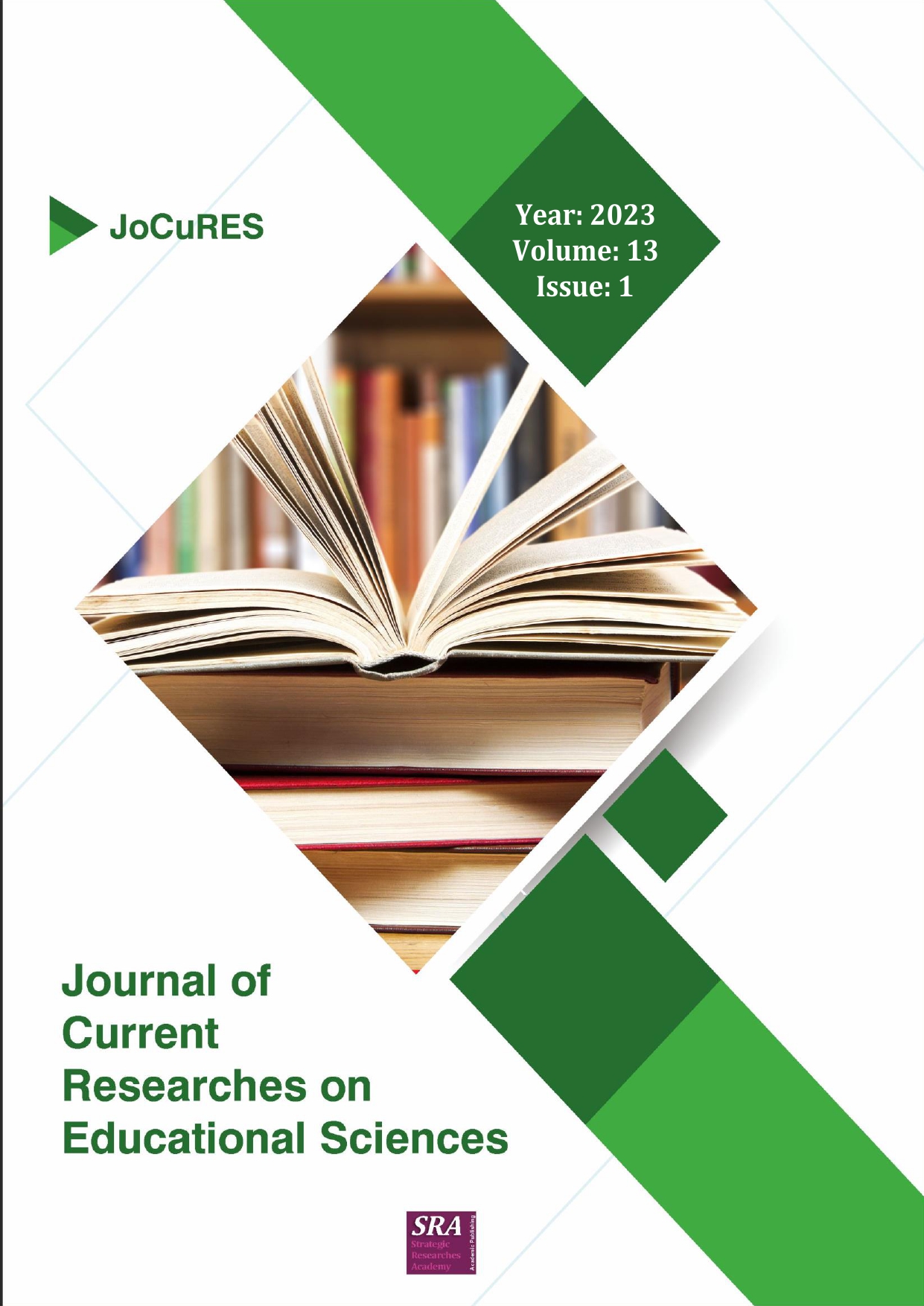An Examination of Discourse Investigation of Fallacies in Religious Texts: Islam as a Case Study
Keywords:
Argumentation theory, argument, fallacy, discourse analysis, logical fallaciesAbstract
People use many phrases in daily discourse. 'Fallacy' is a mistake in reasoning or violation of sound argument standards. People may have talks without understanding fallacies. The current study answers these questions. What's argumentation theory? How many arguments are there? What is fallacy? What causes fallacies? The study identifies argumentation theory using the strategy 'fallacy' Fallacies are defined, explained, and described. Investigating who uses fallacies in the holy Quran. Finally, by studying the data, understanding which fallacies arise most. It is hypothesized that 1) Disbelievers often utilize argumentum ad hominem. 2) Ad miserecordiam is a less-used fallacy. 3) Pharaoh's arguments against Moses are fallacious compared to previous accounts. Ten Al-Shu'ar (the poets) surah excerpts were analyzed. These are the most surah excerpts anticipated to include disbeliever errors. Dagli; Dakake; Lumbard translated extracts (2015). Ali (1990) and Nasr (2015) were used to compare their interpretations. Bennett's (2012) 'Fallacious model of analysis' is used to examine the data. Analysis shows that a single argument may include several fallacies. Pharaoh and Moses' tale employed several fallacies, validating N.3 Ad populum and ad ignorantiam fallacies contradict N.2 this report has four parts. Section 1 introduces fallacies. Section 2 explains argumentation theory and fallacies using various writers. Section 3 covers the data, model, analysis, and outcomes. Section 4 concludes what has been discussed by resolving issue questions and confirming or rejecting theories. The style used in this paper is the APA style.


